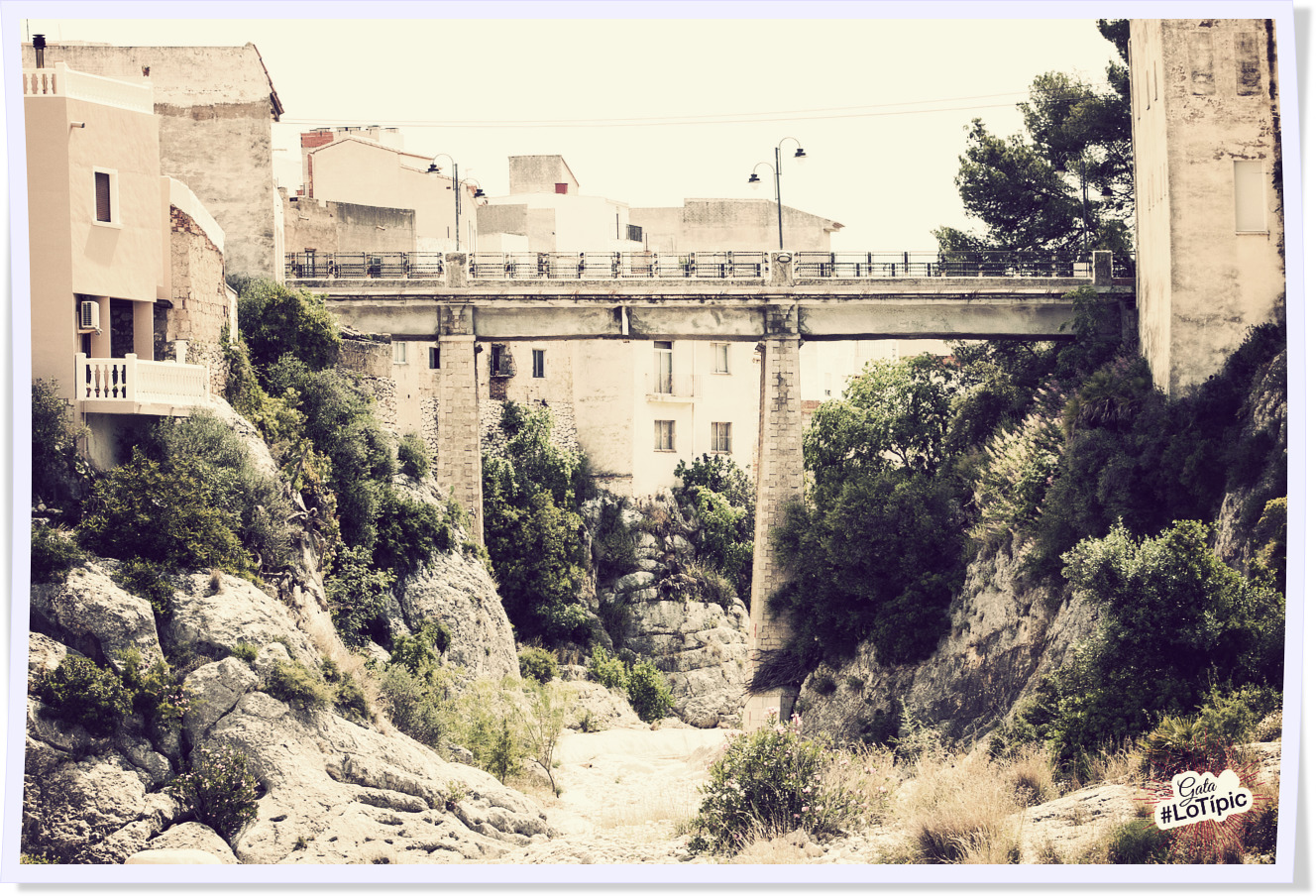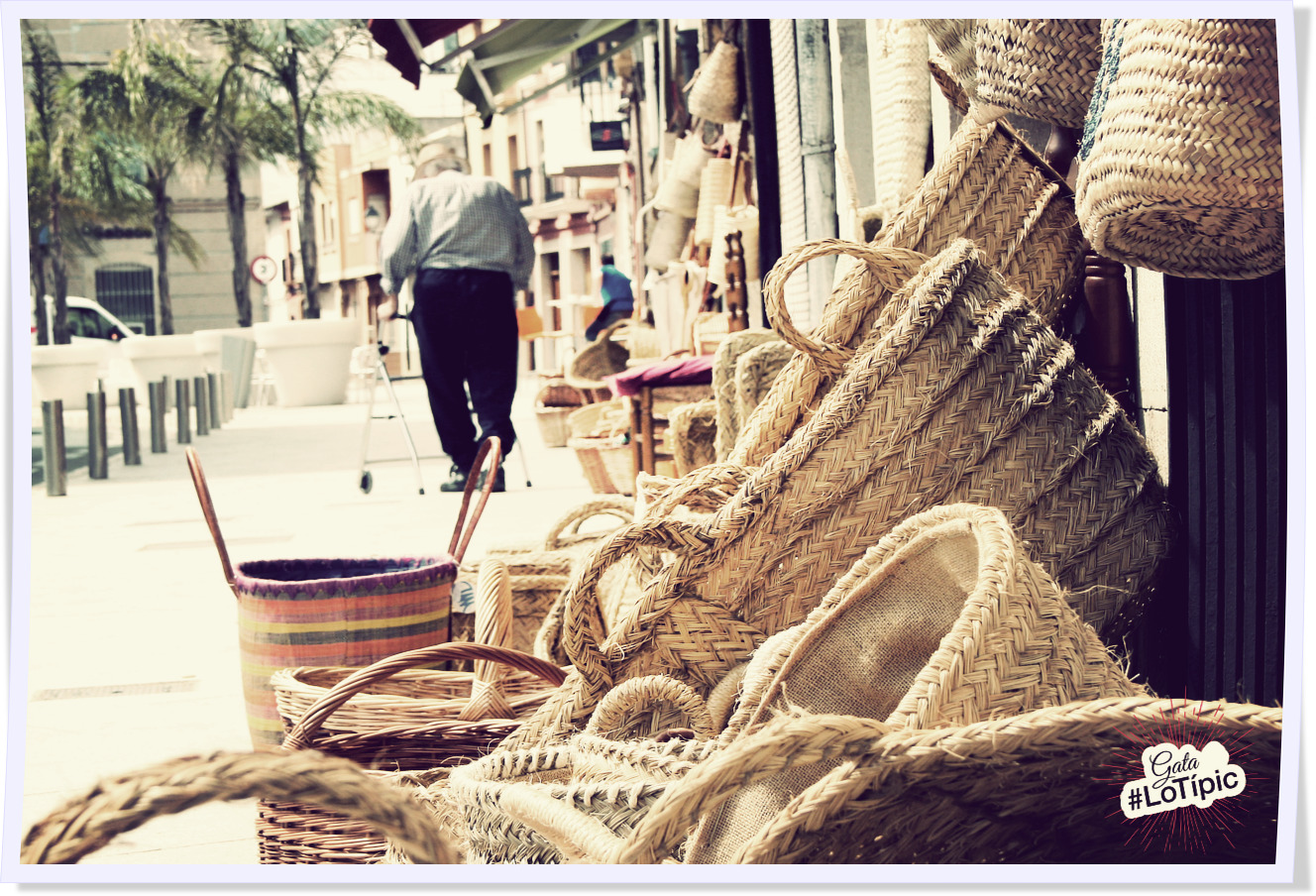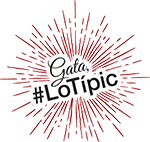
Gata de Gorgos is a town with a lot of history. The old town was born in the northern part of the Gorgos River, nestled between this watercourse and a ravine. We know that the town had already widened beyond Barranquet in the 17th century. At the end of the 1930s, after raising the Alcolaies bridge, the town began to expand to the other side of the river as well.
It can be considered that the river bed is the epicenter, the mother of the current town and today it is still one of the most important points in the municipality.

Gata has extraordinary landscapes, we live surrounded by nature and one of our most precious treasures is the river. Although most of the year remains dry, it represents a pride for Gata. Its channel becomes a fantastic natural area and boys and girls find in it a magical place in which to live with nature.
In the 19th century, Gata coined another key point in her history: the boom in the raisin trade. This made the geography change, since the typical constructions of the area were increased to cultivate the grape with a main element: The riuraus. Its main function was to protect the raisin from the rain. They are oriented towards noon and many are attached to the country house. These booths also used to have a well and an oven to make bread and “cocas”, a gastronomic element very characteristic of the Marina Alta.

Foto: A.Moncho Sirera
Cocas are made from flour, yeast, water, oil and salt. They are cakes of 5 to 10 centimeters on which different ingredients are placed. The most typical are those of “mullador” (pepper, tomato and aubergine), although we also usually find those of onion and peas, that of herbs or tomato, among others.
During these years, Gata also registered a boom in the trade in products made with “llata”. The “llata” is the palm of the palmetto whitewashed and dried.
Today, we can still find craft and gift shops, since in Gata the tradition is still very much alive. If you are looking for a carrycot, a hat, wicker furniture or a basket made with natural materials in Gata you will find it.

The economic engines of the population were undoubtedly this trade and the production of the raisin, which were greatly benefited by the arrival of the train.
Gata is more alive than ever and her traditions too. We fervently remember our ancestors. Although we are a town with a lot of innovation, we did not leave aside our customs nor did the legacy leave us.
